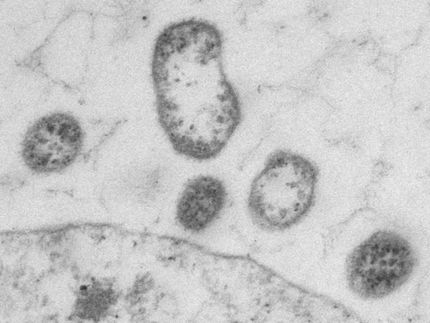It's alive! Bacteria-filled liquid crystals could improve biosensing
Advertisement
Plop living, swimming bacteria into a novel water-based, nontoxic liquid crystal and a new physics takes over. The dynamic interaction of the bacteria with the liquid crystal creates a novel form of soft matter: living liquid crystal.
The new type of active material, which holds promise for improving the early detection of diseases, was developed by a research collaboration based at Ohio's Kent State University and Illinois' Argonne National Laboratory.
As a biomechanical hybrid, living liquid crystal moves and reshapes itself in response to external stimuli. It also stores energy just as living organisms do to drive its internal motion. And it possesses highly desirable optical properties. In a living liquid crystal system, with the aid of a simple polarizing microscope, you can see with unusual clarity the wake-like trail stimulated by the rotation of bacterial flagella just 24-nanometers thick, about 1/4000th the thickness of an average human hair.
You can also control and guide active movements of the bacteria by manipulating variables such as oxygen availability, temperature or surface alignment, thus introducing a new design concept for creating microfluidic biological sensors. Living liquid crystal provides a medium to amplify tiny reactions that occur at the micro- and nano-scales – where molecules and viruses interact – and to also easily optically detect and analyze these reactions. That suits living liquid crystal to making sensing devices that monitor biological processes such as cancer growth, or infection. Such microfluidic technology is of increasing importance to biomedical sensing as a means of detecting disease in its earliest stages when it is most treatable, and most cost-effectively managed.
"As far as we know, these things have never been done systematically as we did before in experimental physics," explained Shuang Zhou, a Ph.D. candidate at Ohio's Kent State University. He collaborated on the project with Oleg Lavrentovich of Kent State, Andrey Sokolov of Argonne National Laboratory, in Illinois, and Igor Aranson of Argonne National Laboratory and Northwestern University, in Evanston, Ill.
"There are many potential applications for this kind of new material, but some of the more immediate are new approaches to biomedical sensing design," Zhou said. He likens the current investigation to the "first handful of gold scooped out of a just-opened treasure chest. There are many more things to be done."





























































